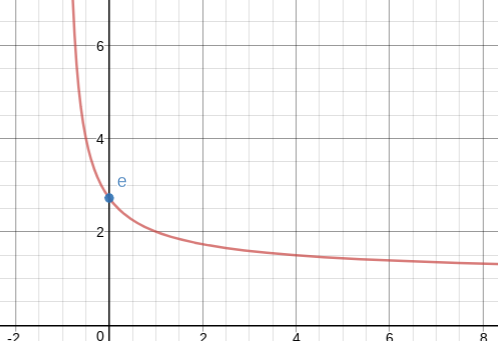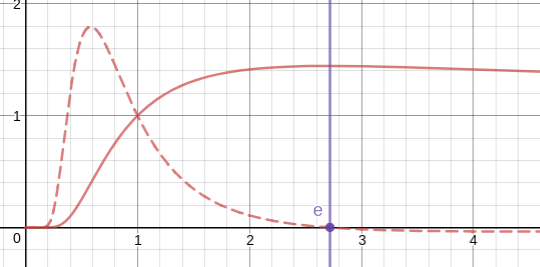Got some ?
We all know by now one of these definition's of : But of course, these aren't the only ways to express it. This discussion is about sharing our favorite definitions of and why we think they're interesting.
No vote yet
1 vote
Easy Math Editor
This discussion board is a place to discuss our Daily Challenges and the math and science related to those challenges. Explanations are more than just a solution — they should explain the steps and thinking strategies that you used to obtain the solution. Comments should further the discussion of math and science.
When posting on Brilliant:
*italics*or_italics_**bold**or__bold__paragraph 1
paragraph 2
[example link](https://brilliant.org)> This is a quote# I indented these lines # 4 spaces, and now they show # up as a code block. print "hello world"\(...\)or\[...\]to ensure proper formatting.2 \times 32^{34}a_{i-1}\frac{2}{3}\sqrt{2}\sum_{i=1}^3\sin \theta\boxed{123}Comments
e=n→0limn1+n This version is simply an application of limn→∞f(n)=limn→0f(1/n), but it's probably my favorite one to look at:
e=x:dxdxx=0 From Wikipedia:
"This maximum occurs precisely at x = e. For proof, the inequality ey≥y+1, from above, evaluated at y=(x−e)/e and simplifying gives ex/e≥x. So e1/e≥x1/x for all positive x.
From Wikipedia:
"This maximum occurs precisely at x = e. For proof, the inequality ey≥y+1, from above, evaluated at y=(x−e)/e and simplifying gives ex/e≥x. So e1/e≥x1/x for all positive x.
Log in to reply
so what are you trying to say